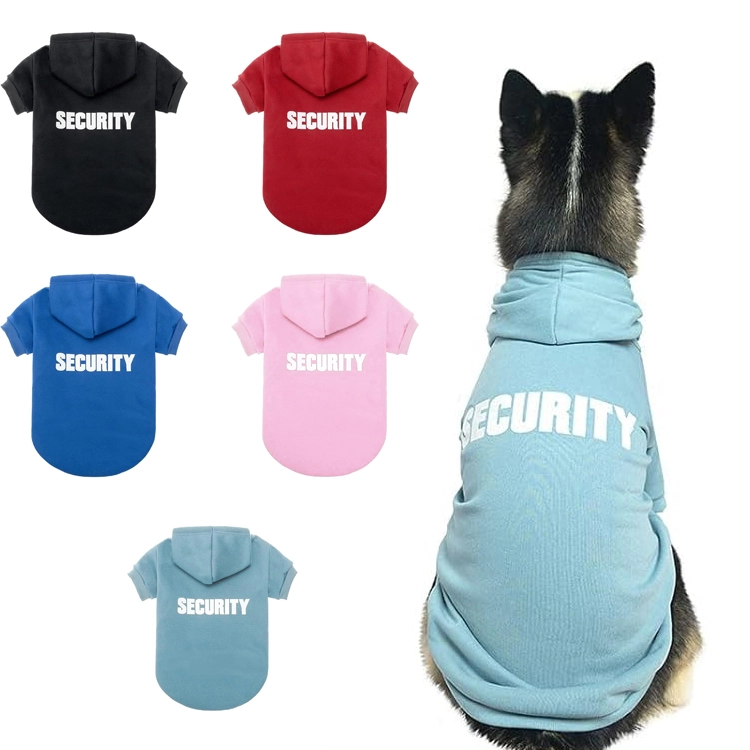ALL DRESSED UP: HOW TO CHOOSE PET CLOTHES dog clothes
Shopping for new duds always gains momentum during winter – but these days clothes shopping is not just for people. Pet wear and pet fashion have evolved tremendously, and there’s no shortage of sassy sweaters and cunning coats to choose from. In fact, the variety is so immense, it can be downright overwhelming trying to find the right clothing to best protect your pet from maladies like hypothermia. From patterned microfiber jackets to Welsh knit sweaters; how can you tell what is useful when it comes to pet clothes versus just fun novelty wear? Much less know how to get the right fit?
That’s where we come in…
Pet Clothing Trendy Brand Solid Winter Coat Dog Clothes
The Birthday Suit
Assuming that you’re not the proud pet parent of a Husky, Malamute, or Saint Bernard, it’s likely that your pet may be a wee bit chilly in his or her birthday suit this time of year. If you’re unsure whether your pet could benefit from bundling up in some winter weather pet gear, consider these questions:
- How thin is my pet? Pets with smaller frames and thin / underweight pets don’t have the needed fat storage to help them deal with cold weather.
- What type of coat does my pet have? While coat thickness does not protect your pet from extreme cold or all forms of inclement weather, your furry friend may not appreciate a “too hot” jacket during mild winter conditions. However, short-haired and wiry-haired breeds are often thankful for some added warmth .
- Has my pet been ill? Any pet recovering from surgery or illness is more susceptible to cold, and could use the extra layer.
- How old is my pet? Your senior friend, especially those living with arthritis, will need additional layers this season, including bedding and a warm jacket.
- Do I understand my pet’s breed? The genetic makeup of your pet also weighs in to determining his or her weather resiliency, if you’re not sure about your breed, do some online research or give us a call.
Your pet’s internal temperature generally depends on his or her breed, size, and age. Adding an extra layer will add insulation, increase circulation, and add warmth to your pet’s shivering body.
Creature Comforts
If your pet is arthritic, an extra layer of clothing is an effective way to mitigate the aches and pains of this disease. Booties are also advised for arthritic pets, especially those whose paws are especially sensitive to the cold. If you’ve got an arthritic pet, please contact us for recommendations and consider scheduling a wellness check so that we can ensure that his or her pain management program is appropriate for the biting chill of the winter months.
Cutting A Fine Figure
You know your pet best and have a special window into his or her preferences and lifestyle. This information will inform the most appropriate materials for your pet’s clothing. Of course, the goal is to keep your pet warm but you don’t want them to be itchy or uncomfortable and the fabric should be durable and washable.
Your best bet for a sweater is a blend of washable wool, cotton, or acrylic that fits your pet’s measurements precisely. To acquire the best fit, follow these guideline:
- Measure the neck, the widest area of the chest, and the distance from waist to neck
- The length should not go past your pet’s waist and the belly should not be constrained (and toileting should not be a problem)
- Get an accurate reading of your pet’s weight
Take measurements before you shop. Sizes vary by manufacturer (sound familiar?) and you can’t count on universal sizing for your pet’s clothes.
Fit Like A Glove
Your pet should be able to move freely around the neck and arms but there shouldn’t be any drag of fabric anywhere. Check to ensure clothing can be put on and taken off easily. Your pet may become frustrated and impatient with clothing if he or she gets stuck in it.
Furthermore, some jackets are meant to attach to the leash directly if the collar is covered and should be removed after time outside concludes.
If your pet won’t tolerate clothing for long stretches, it can come in handy when it’s raining. That way, you won’t have to aggressively dry him or her off after some time in the rain or snow.
You Bet Your Boots
Investing in a couple pairs of boots is a great way to avoid accidental slips, injuries, or toxic exposure. Chemical de-icers that line the sidewalks throughout the winter should be kept off your pet’s paws and there’s no better way than booties to keep them clean and safe!
To The Nines
Our pets provide us with unconditional love and they deserve to be protected from the elements this winter. Choosing clothing that fits well should not take your pet terribly long to grow accustomed to, especially when he or she starts to feel all toasty. Pet fashion is at it’s best when it functions properly and we are happy to help review your choices. At the end of the day, your pet will be feel warm, relaxed, happy, and cared for.








